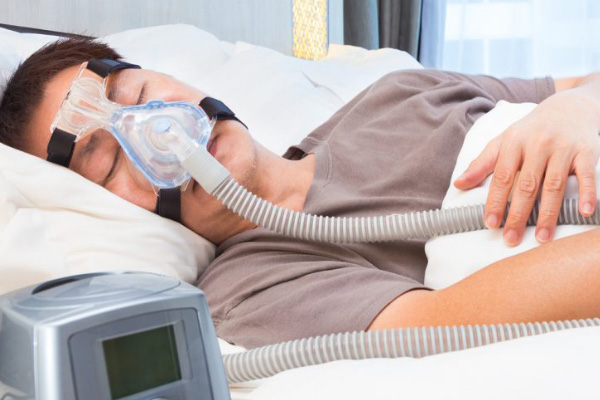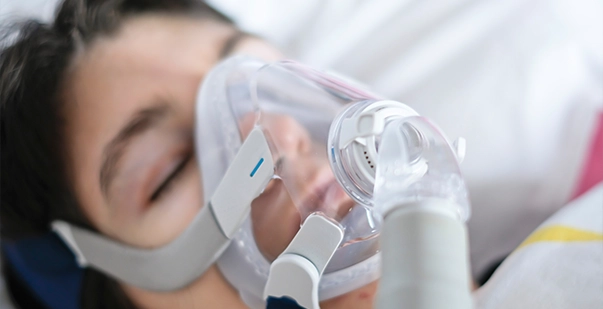Conserve Cash with Convenient BiPAP Rental Plans
Conserve Cash with Convenient BiPAP Rental Plans
Blog Article
Bipap vs. CPAP: Which Is the Best for Your Sleep Condition?
When browsing the complexities of rest disorders, the choice between BiPAP and CPAP therapy is an important consideration. While CPAP supplies a constant airflow ideal for obstructive sleep apnea, BiPAP's twin stress settings may improve comfort for those with more complex respiratory issues.
Comprehending Sleep Disorders
Rest disorders incorporate a variety of problems that interrupt typical rest patterns, impacting both the quality and duration of rest. These conditions can show up in different forms, consisting of sleep problems, sleep apnea, narcolepsy, restless leg syndrome, and parasomnias. Each problem provides one-of-a-kind challenges, often leading to substantial daytime exhaustion, cognitive problems, and emotional disturbances.
Sleep problems is characterized by difficulty dropping or remaining asleep, while rest apnea involves repeated disturbances in breathing throughout rest, frequently bring about fragmented remainder. Narcolepsy, on the various other hand, is marked by excessive daytime drowsiness and unexpected sleep attacks. Agitated leg disorder triggers uncomfortable experiences in the legs, triggering an unmanageable urge to move them, which can additionally hinder the ability to sleep.
The influence of rest problems expands past specific wellness, influencing general efficiency, partnerships, and lifestyle. Recognizing the particular nature of each problem is critical for reliable diagnosis and therapy. As rest health comes to be progressively identified as an essential component of overall health, dealing with these conditions is vital for enhancing both rest quality and daily performance.
Just How CPAP Works
Constant Positive Respiratory Tract Pressure (CPAP) therapy is often used as a primary treatment for obstructive rest apnea (OSA) The system of CPAP includes making use of an equipment that supplies a stable stream of air with a mask put on during rest. This air movement preserves positive pressure in the airway, preventing the collapse or obstruction of the throat that can take place during rest.
When an individual takes in, the CPAP maker supplies a constant circulation of air, making sure that the respiratory tract remains open - BiPAP Rental. This not only alleviates the signs and symptoms of OSA, such as snoring and disrupted rest patterns, but additionally reduces the associated health dangers, consisting of cardio issues and daytime tiredness
The stress settings on a CPAP machine can be personalized to satisfy specific patient needs, usually figured out with a sleep study. Generally, CPAP treatment has been shown to significantly improve the quality of sleep and total health for people experiencing from obstructive rest apnea.
Just How BiPAP Functions
BiPAP, or Bilevel Positive Air Passage Stress, is a customized type of non-invasive air flow that is particularly useful for people with conditions such as complex rest apnea or breathing conditions. Unlike CPAP, which delivers a continual stream of air at a single pressure, BiPAP gives two distinctive stress setups: a higher inspiratory stress for breathing and a lower expiratory pressure for exhalation. This dual-pressure strategy enables for less complicated breathing, lowering the effort called for throughout exhalation.
The tool runs with a mask fitted over the nose or mouth, attached to a maker that produces air stress. When the person breathes in, the machine delivers the greater pressure to aid with air my response movement, making sure that the airway continues to be open. Upon exhalation, the equipment immediately lowers the pressure, making it extra comfy for the client to breathe out.

Secret Differences Between BiPAP and CPAP

In contrast, BiPAP (Bilevel Positive Respiratory tract Stress) supplies 2 different stress setups: one for breathing and a lower one for exhalation. This double stress system allows for even more comfy breathing, specifically for clients who deal with breathing out versus a constant pressure. BiPAP is frequently advised for clients with complicated sleep apnea, chronic obstructive pulmonary disease (COPD), or those that require additional assistance during sleep.
Moreover, the intricacy of BiPAP devices generally causes a higher price and needs more mindful titration than CPAP. BiPAP Rental. Understanding these key distinctions can assist in recognizing which tool may be better for certain rest problems, establishing the groundwork for educated therapy decisions
Choosing the Right Treatment
Just how can one establish the most ideal treatment for handling rest disorders? The choice between BiPAP and CPAP treatment mostly pivots on the specific attributes discover this of the rest problem, the individual's total health, and their convenience with the device. CPAP, which delivers a constant stream of air, is typically prescribed for obstructive rest apnea (OSA) It keeps an open airway during rest, effectively avoiding apneas and hypopneas.
Conversely, BiPAP gives 2 levels of pressure: one for breathing and a reduced one for exhalation. This dual pressure system is helpful for people with complex rest apnea or those who experience difficulty exhaling versus a continual pressure. In addition, BiPAP is often advised for individuals with respiratory problems, such as chronic obstructive pulmonary illness (COPD), where varying stress setups can improve comfort and conformity.
Eventually, a complete examination by a sleep professional, consisting of a sleep research study, can assist figure out which treatment aligns ideal with the patient's demands. Variables such as convenience, simplicity of usage, and specific medical conditions should likewise be considered to optimize therapy end results.
Conclusion
In recap, both BiPAP and CPAP offer distinct purposes in the monitoring of rest problems. CPAP is effective for obstructive rest apnea with consistent air flow, while BiPAP offers double pressure settings that boost comfort for those with complicated rest apnea or breathing problems. The choice in between these therapies need to be led by private demands and problems, demanding a detailed examination by a rest specialist to guarantee optimal therapy results and boosted quality of sleep.

On the whole, CPAP therapy has been revealed to dramatically boost the quality of sleep and total wellness for people suffering from obstructive sleep apnea.
BiPAP is typically suggested for people with intricate sleep great post to read apnea, chronic obstructive lung illness (COPD), or those that call for extra assistance throughout sleep.
CPAP is effective for obstructive sleep apnea via constant air movement, while BiPAP offers twin stress setups that boost convenience for those with complicated sleep apnea or respiratory system concerns.
Report this page